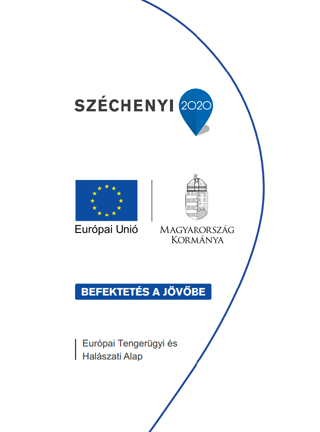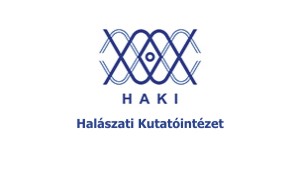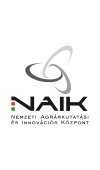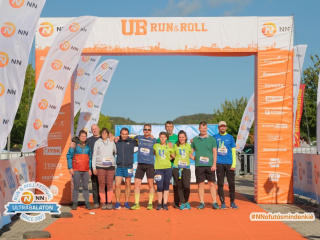
Croatia in World Fisheries’ Trends
Tomislav Treer
Department of Fisheries, Beekeeping and Special Zoology, Faculty of Agriculture, University of Zagreb, Svetošimunska 25, Croatia, e-mail: treer@agr.hr
Abstract
World fisheries reached the limits in several aspects. The techniques and the equipment for marine fishing have been so developed that most of the fishing grounds are being overfished. Hence, instead of being the solution, the aquaculture creates new problems, because the main food source for carnivorous fish is the fish meal, afterall. Therefore, in order to culture one kilogram of a desired fish species, many more kilograms of wild fish should be caught.
The Adriatic is an oligotrophic sea with a limited fish production. Apart from that, Croatia is faced with a much bigger, Italian fishing fleet from the west, but this problem is to be negotiated by the common EU fisheries policy. Mariculture stagnated in the culture of carnivorous fishes – sea bass, sea bream and especially bluefin tuna which is almost entirely being exported to Japan. This type of culture is also competing with other users of the sea, particularly tourism.
Professional freshwater fishing is allowed only in the Danube and in the lower part of the Sava river, where there are only about 30 fishermen who stick to their profession more for traditional than for financial reasons. However, recreational fishing is very popular with about 40 000 registered anglers on freshwaters and about 25 000 at the Adriatic. Freshwater aquaculture met with serious problems after the economic transition. The warm water production is now stabilized at the level more than half lower than the one before 1990, while the cold water production prospers and is higher than ever before. However, other than production, freshwater aquaculture has multifunctional significance and it is important to further look into the possibilities that can be turned into advantages.
Programajánló
Hírek
Tisztelt Látogatók!
A hazai agrár-felsőoktatás szükséges megújulásának mérföldköve az alapítványi fenntartású Magyar Agrár- és Élettudományi Egyetem (MATE) létrejötte, amely 2021. február 1-től 5 campuson, több mint 13 ezer hallgató számára fogja össze a dunántúli és közép-magyarországi élettudományi és kapcsolódó képzéseket. Az intézményhez csatlakozik a Nemzeti Agrárkutatási és Innovációs Központ (NAIK) 11 kutatóintézete is, így az új intézmény nem csupán egy oktatási intézmény lesz, hanem az ágazat szellemi, szakpolitikai és innovációs központjává válik, amely nagyobb mozgásteret biztosít a képzések, a gazdálkodás és szervezet modernizálásához, fejlesztéséhez. Az összeolvadással magasabb fokozatra kapcsolunk, a kutatói és egyetemi szféra szorosabban fonódik majd össze, aminek következtében még több érdekes, izgalmas kutatás-fejlesztés születhet majd az agrárium területén.
Kérjük, kövesse tevékenységünket a jövőben is a www.uni-mate.hu honlapon!
A szokásostól eltérően az idei évben ősszel, október 03-04 között került megrendezésre az Ultrabalaton csapatversenye. NAIK-os csapat az idei évben állt először rajthoz a 14. alkalommal kiírt versenyen.


